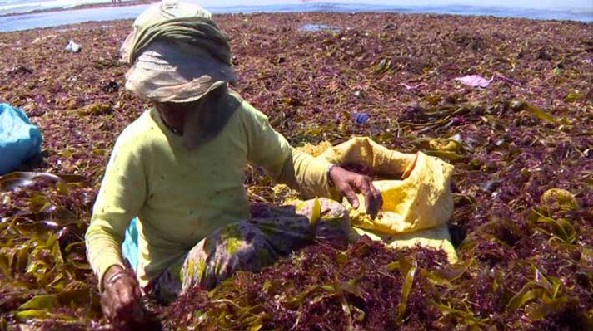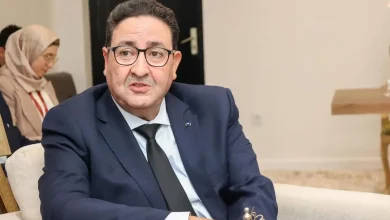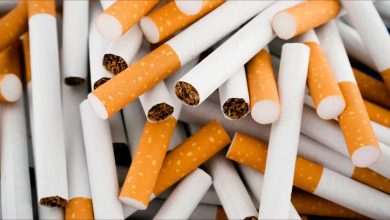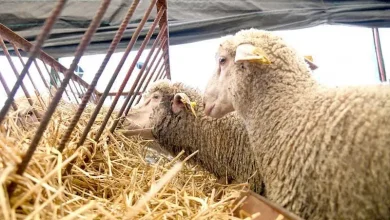Seaweed, the economic and ecological lifeblood of the El Jadida coast

Hibapress
Seaweeds occupy an important place among the inhabitants of the province of El Jadida. In addition to their ecological benefits, particularly with regard to maintaining marine environmental balances, the harvesting of seaweeds on the coasts of the region constitutes an important economic activity for the region and its inhabitants, particularly for women.
They are about 1,600 women, spread across the beaches of the four fishing ports of the province, namely El Jadida, Jorf Lasfar, Sidi Abed and Lahdida. They work with dedication and ardor from the early hours of the morning throughout the seaweed harvesting season, in order to collect these marine resources which constitute an important source of income for them and their families.
The harvesting process is laborious and lasts all day, as Fatima, a 57-year-old employee at a local cooperative, explains. “We start harvesting at sunrise, then move on to sorting, an operation that lasts until sunset, and then transporting the harvest in bales to the mainland, where buyers are waiting for us with their vans,” she said in a statement to MAP.
“The seaweed harvesting season provides a significant source of income during the period when harvesting is permitted,” stressed Bouchaib Samsami, president of the “Nour” fishing cooperative.
For example, he explained, each woman can pick between 40 and 50 kg/day, generating a daily income of 150 to 200 DH, while the boats pick between 25 and 30 tons during the period when picking is authorized, the product is sold at 4.5 DH per kg for wet algae, according to the same source.
According to data from the Department of Maritime Fisheries (DPM), these workers collect each year nearly 5% of the total quantity of algae washed up on the coasts, which represents approximately 950 tonnes.
An activity that represents an essential source of income for many families in the region. For the majority of these women, the money earned is used to meet the daily needs of their household.
Seaweed harvesting also illustrates how coastal communities can benefit from local natural resources in a sustainable way. This activity not only contributes to the local economy but also to coastal environmental management by recovering some of the seaweed that washes up.
“This activity is not only a source of livelihood for hundreds of families, it also represents a commitment to sustainable management of natural resources. Every day, we clean our beaches of washed-up seaweed, helping to maintain the beauty of our coastline while creating economic value,” said Lahcen, a diver in his forties.
In order to preserve this important marine resource, both environmentally and socio-economically, several measures have been taken, including setting a specific period for harvesting algae and determining a maximum quantity not to be exceeded.
In this regard, the provincial delegate for maritime fisheries, Abdelouahad Rouigbi, stated in a statement to MAP that in order to succeed in the seaweed harvesting campaign, the DPM took a series of measures, including awareness-raising and supervision campaigns based on a participatory approach and supported by a consultation and cooperation program involving all stakeholders.
That said, on August 1, the DPM launched the seaweed harvesting campaign in El Jadida, which will continue until September 30, 2024, for a total quota of nearly 19,100 tons of wet seaweed, compared to 18,414 t the previous year.
It should be noted that through the Seaweed Harvesting Sites Development Plan, the supervisory ministry ensures that the extracted seaweed is subject to a product traceability system similar to other marine products. It has also established a system for monitoring and regulating the export process, with 80% destined for processing and 20% for raw seaweed.







